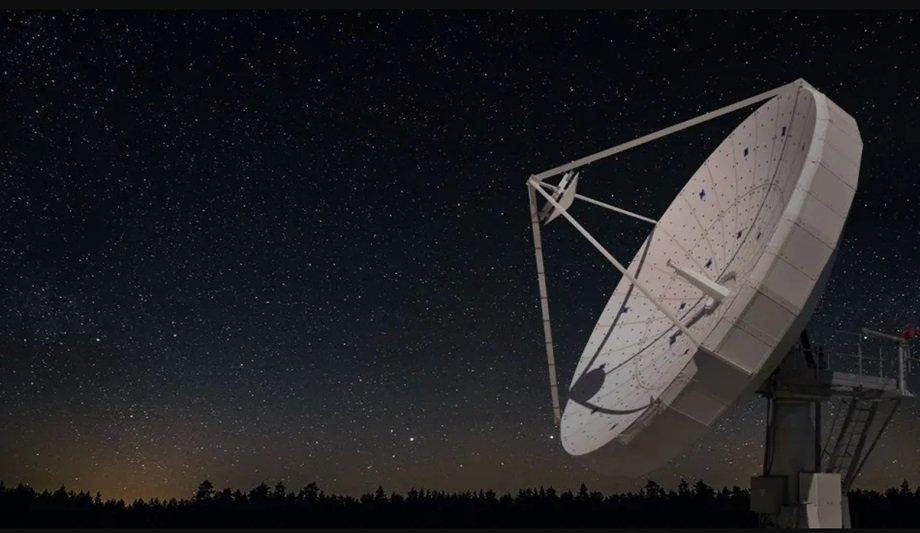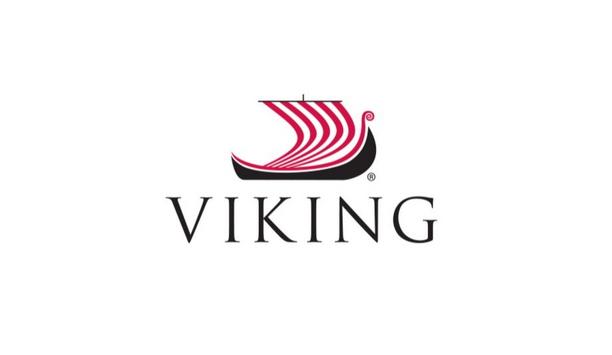Huge, vaguely alien in appearance, and rarely seen, large antennas made by Viasat quietly fill a vital purpose for people and operations around the world linking them to satellites that provide internet service.
Viasat is one of the very few companies that make 9.1- and 13.5-metre antennas for satellite gateways.
Antenna offering
Designed for the latest high-capacity Ka-band satellites, the antenna systems offer broadband support to deliver high-speed connections for residential, commercial, and government services.
These critical pieces of equipment are typically installed in open, remote spaces to enable clear lines of sight to the satellites at which they’re pointed, but if users were to catch a glimpse of these elusive structures, they’d likely do a double take.
9.1m antenna’s reflector
A 9.1m antenna’s reflector is 30 feet across, and the entire structure stands 35 feet tall
A 9.1m antenna’s reflector is 30 feet across, and the entire structure stands 35 feet tall; the larger 13.5m reflector measures 45 feet across, with its entire assembly rising as high as 60 feet.
These big pieces of equipment have a big job, receiving and transmitting radio waves between Earth and geostationary satellites high in space.
Amplification
“Your cellphone has a tiny antenna inside it because the cell tower is generally 2 miles away,” said Viasat Systems Engineer, Gerry Einig.
Gerry Einig adds, “These satellites are 22,000 miles away. For them, the 9.1m and 13.5m antennas are the sweet spot. The bigger antenna provides more amplification for a much weaker signal. It has to be big to get those signals to and from that satellite.”
Satellite communication
The ground network is a collection of Earth stations connected to the internet by fiber optic cable
Satellite communications networks require three main components to work: the spacecraft in orbit, the user terminal, the antenna on a home, business, ship, plane, or other vehicle or location, and the ground network.
The ground network is a collection of Earth stations connected to the internet by fiber optic cable.
Gateways
Often called gateways, they include such large antennas aimed at the satellite and serve as the intermediary between the user and the internet.
These large antennas are in high demand as internet service expands around the world; and Viasat’s Antenna Systems team in Duluth, GA is ready to meet those requests.
Expanded coverage
HYLAS 4, launched in 2018, is designed to provide high-speed internet service to areas of Africa and Europe
Viasat recently won a contract to provide ground equipment, including a 9.1m antenna, which will form a gateway in Senegal, West Africa.
The gateway will communicate with the HYLAS 4 satellite, adding capacity that will expand coverage in West Africa. HYLAS 4, launched in 2018, is designed to provide high-speed internet service to areas of Africa and Europe that lack other options. Viasat’s large antennas have also helped Australia bridge its digital divide.
ViaControl remote control system
“We’ve got these installed in locations around the globe for both government and commercial customers,” said Gerry Einig.
Viasat not only builds each antenna, but company employees also fly to the antenna’s final destination to install them. Once installed, Viasat’s ViaControl remote control system means the antennas can operate remotely and require no on-site staff.
Low maintenance and high performance
“These antennas are low maintenance and high performance,” said Joe Baird, Business Development Manager for Viasat’s Antenna Systems.
Joe Baird adds, “They’re designed to outperform in standard circumstances, so we see them implemented for domestic and international military and commercial uses. They’ve been in use for many years; the design is well-defined and reputable.”
Full-motion pedestal antenna
While the large antennas typically serve geostationary satellites, Viasat also manufactures a full-motion pedestal antenna that can track fast-moving, low-Earth orbit (LEO) satellites.
Those are typically used by the government to provide Earth observation data, and information about the status and changes in the planet’s physical, chemical, and biological systems.










